Category: Legal & Regulatory Considerations
-

The Role of Personal Air Monitoring in Worker Safety

Personal air monitoring is an essential component of occupational safety, particularly for workers exposed to airborne asbestos fibers. This monitoring method helps ensure compliance with regulatory standards and safeguards workers from long-term health risks associated with asbestos exposure. At Integrity Environmental, we specialize in personal air monitoring services to help businesses maintain compliance and protect…
-

Understanding Air Monitoring in Asbestos Abatement

Why is Air Monitoring Important? Asbestos fibers are microscopic and can become airborne during removal, posing severe health risks if inhaled. Exposure to airborne asbestos has been linked to serious illnesses, including asbestosis, lung cancer, and mesothelioma. To minimize these risks, regulatory agencies such as the Occupational Safety and Health Administration (OSHA), the Environmental Protection…
-
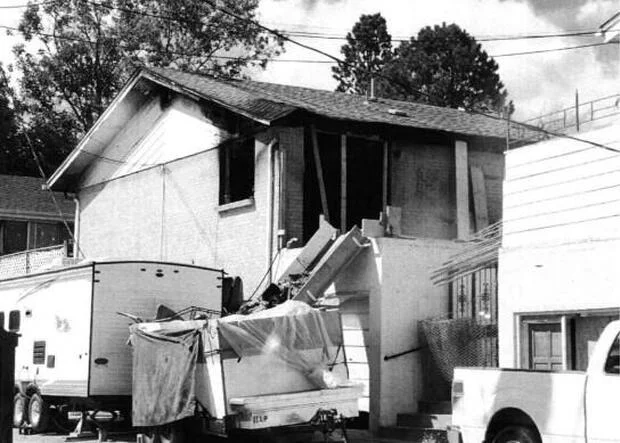
A Decade in Jail for Ignoring Asbestos

Let’s be clear, general contractor Lance Slayton didn’t just ignore asbestos. He got it tested and then actively hid it from his employee causing exposure. This kind of blatant disregard for others is what got him a decade in jail. This 2022 photo shows an apartment on the 10300 block of West 59th Street in…
-
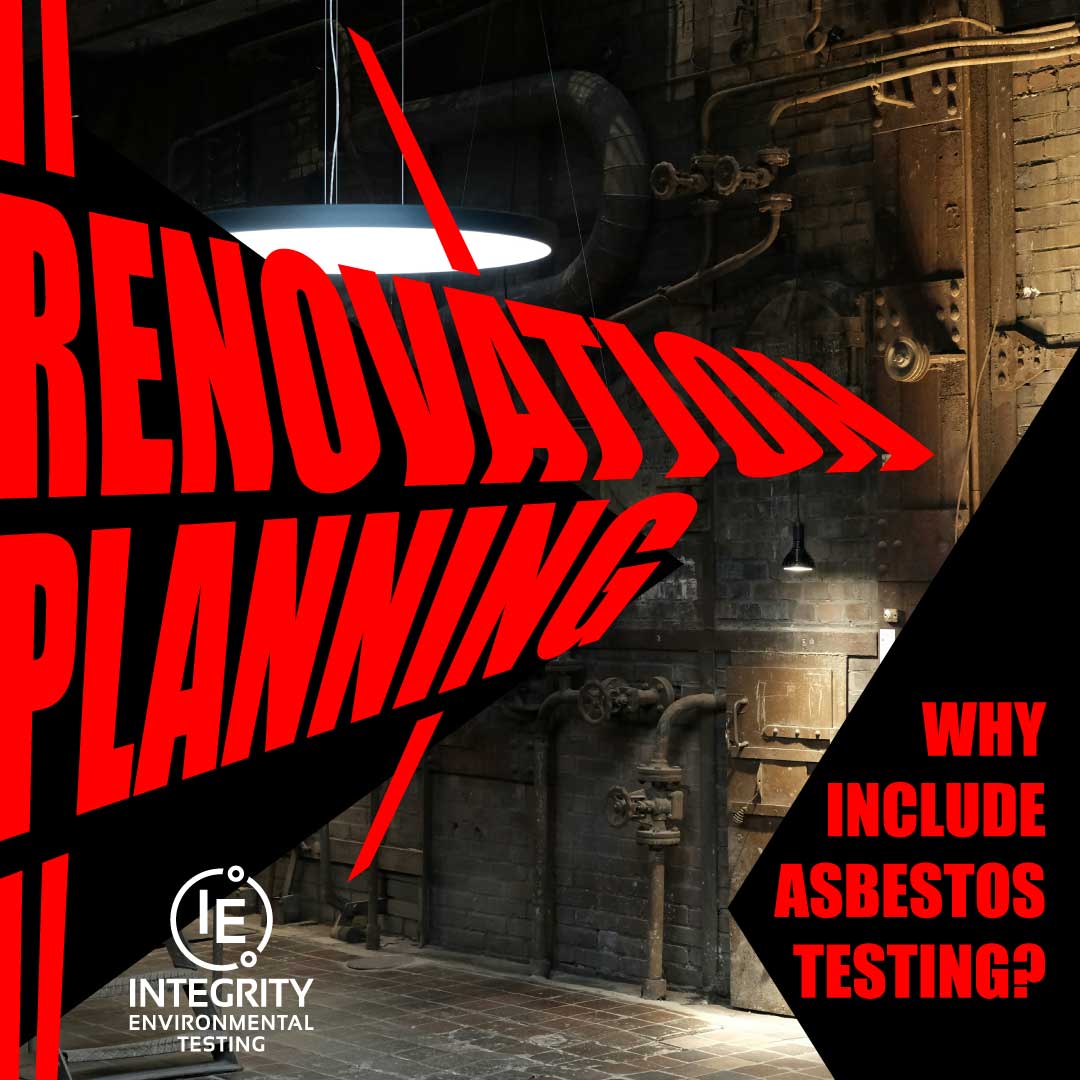
Effective Renovation Planning: Why Include Asbestos Testing?

When planning a renovation, the focus often lands on visual upgrades, modern materials, and energy-efficient solutions. But ignoring asbestos testing can quickly unravel even the best-laid plans, introducing health hazards, legal complications, and unexpected financial strain. Incorporating asbestos testing into your renovation budget isn’t just a safety measure—it’s an investment in the long-term success of…
-
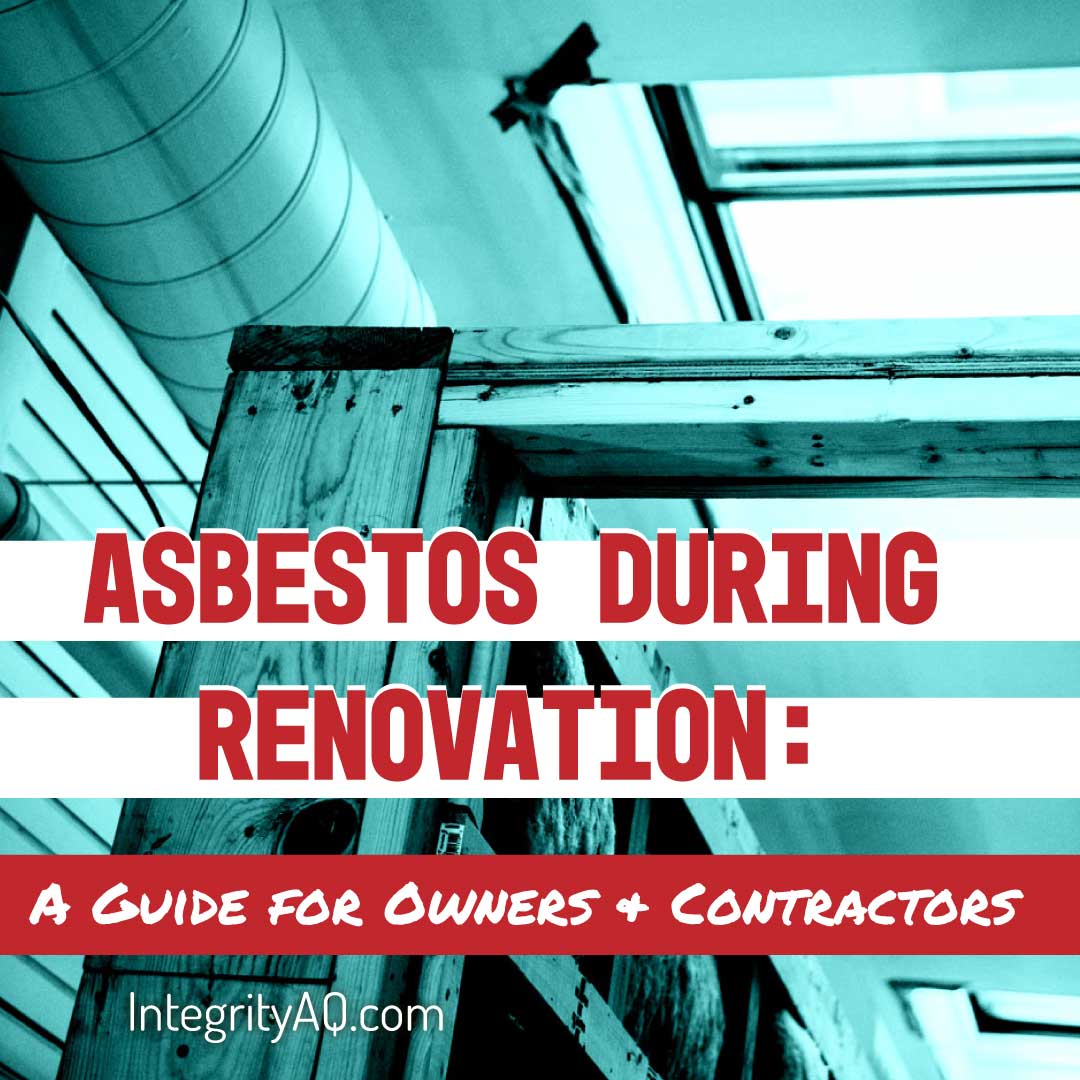
Asbestos Regulations During Renovation: A Guide for Property Owners and Contractors

Renovating a building can be an exciting endeavor, whether you’re modernizing a historic property or upgrading commercial spaces. Understanding and adhering to asbestos regulations is essential for a safe and legally compliant renovation process. This guide unpacks the complexities of asbestos regulations, focusing on key considerations for property owners and contractors, including minimum material sizes…
-

10 Common Reasons You Could be Non-compliant with Lead Disclosure Laws

Lead disclosure laws are designed to protect people from the harmful effects of lead-based paint, especially in homes and buildings built before 1978. Despite their importance, many property owners, real estate professionals, contractors, and landlords find themselves unwittingly out of compliance with these regulations. Failing to follow these laws can lead to hefty fines and…
-
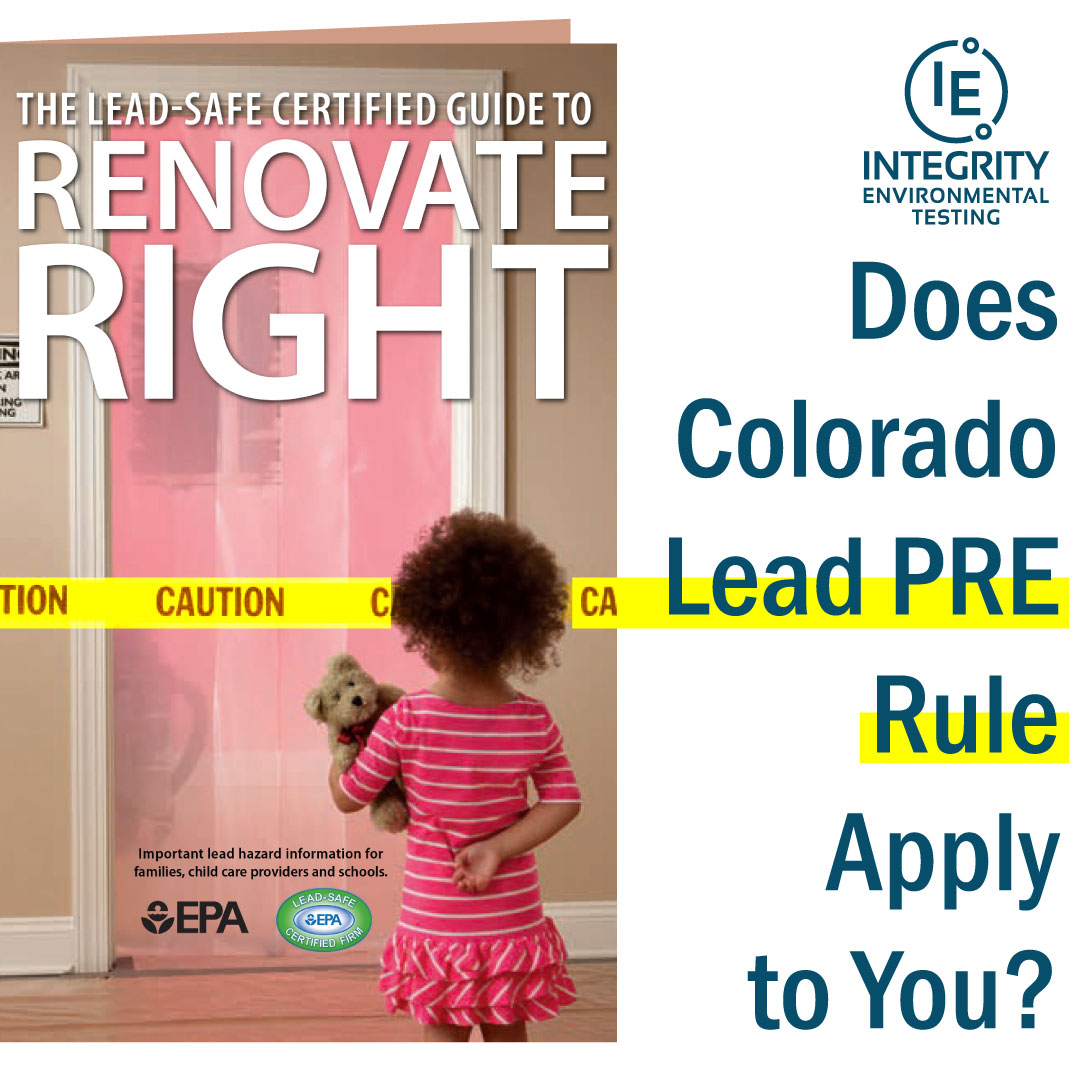
Does the Pre-Renovation Lead Rule Apply to You?

If you’re a contractor, property manager, or even a landlord working on pre-1978 housing or child-occupied facilities in Colorado, you might be asking yourself if the Lead-Based Paint Pre-Renovation Education Rule (Lead PRE) applies to you. It’s an essential regulation designed to protect residents—especially children and pregnant women—from the dangers of lead exposure during renovation…
-
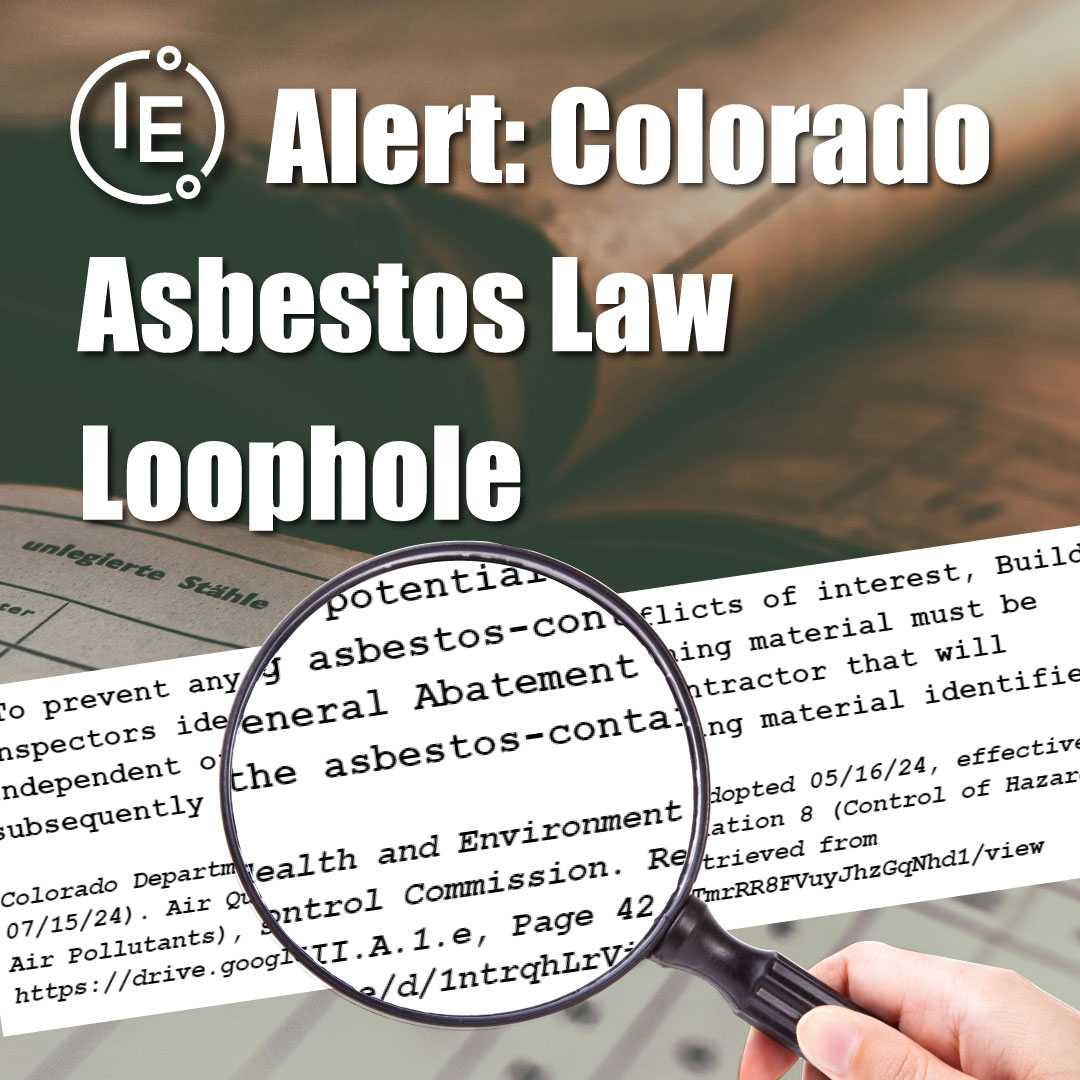
Alert: Colorado Asbestos Law Loophole

When dealing with asbestos, understanding the regulations and potential conflicts of interest between asbestos inspection and abatement services is crucial for protecting your home and health. Colorado Regulation 8, Part B specifically addresses these concerns. Here’s a detailed look at the regulation, its implications, and how homeowners can safeguard themselves. Independence Requirement for Abatement Contractors…
-
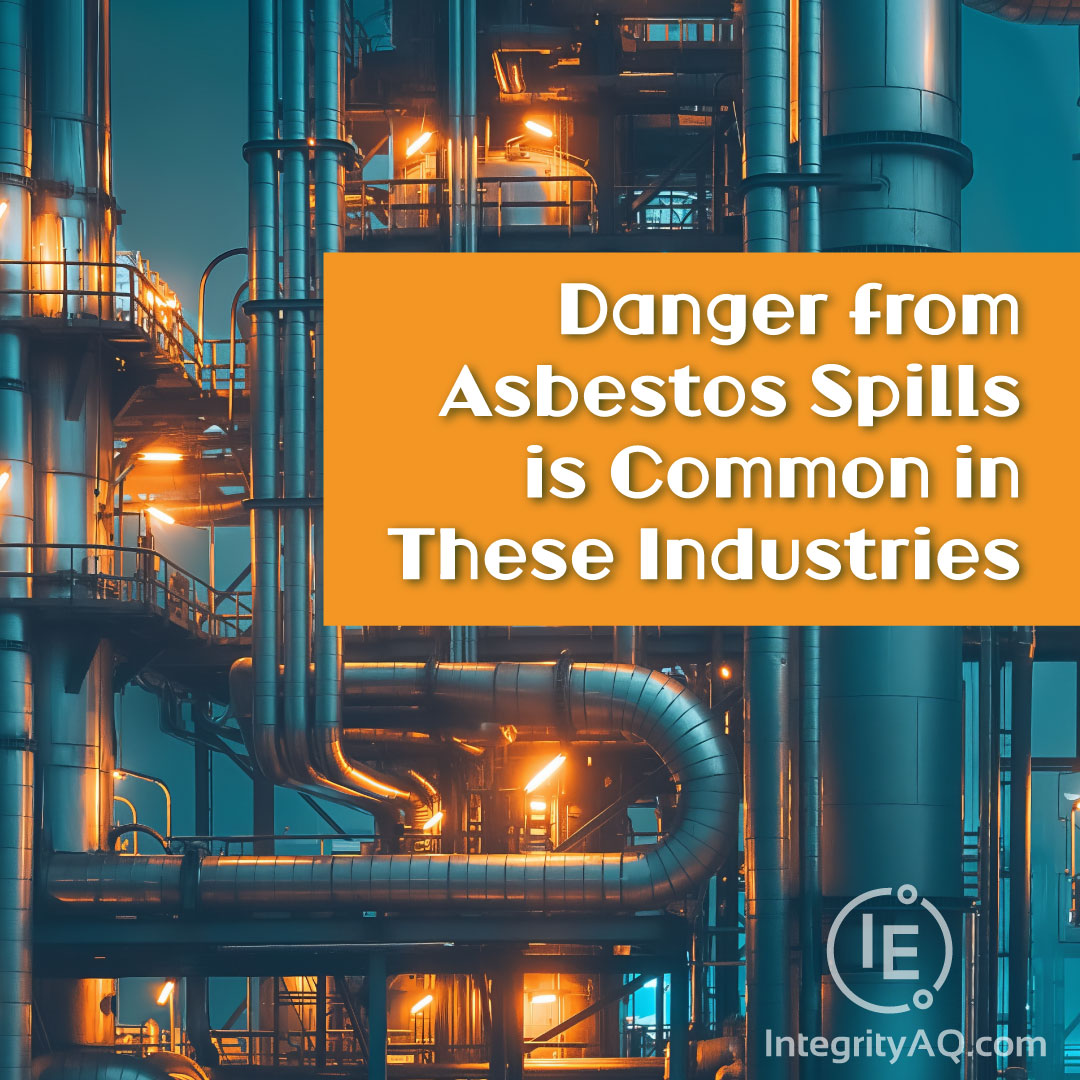
Key Industries Prone to Asbestos Spills

Certain industries in Tennessee, Colorado and nationwide are more prone to asbestos spills due to the historical and widespread use of asbestos-containing materials in their operations. Here are the key industries and factors contributing to asbestos spills: Construction and Demolition: Oil Refineries: Power Plants: Mining: Manufacturing: Common Factors and Repeat Offenders Asbestos spills in Colorado…
-
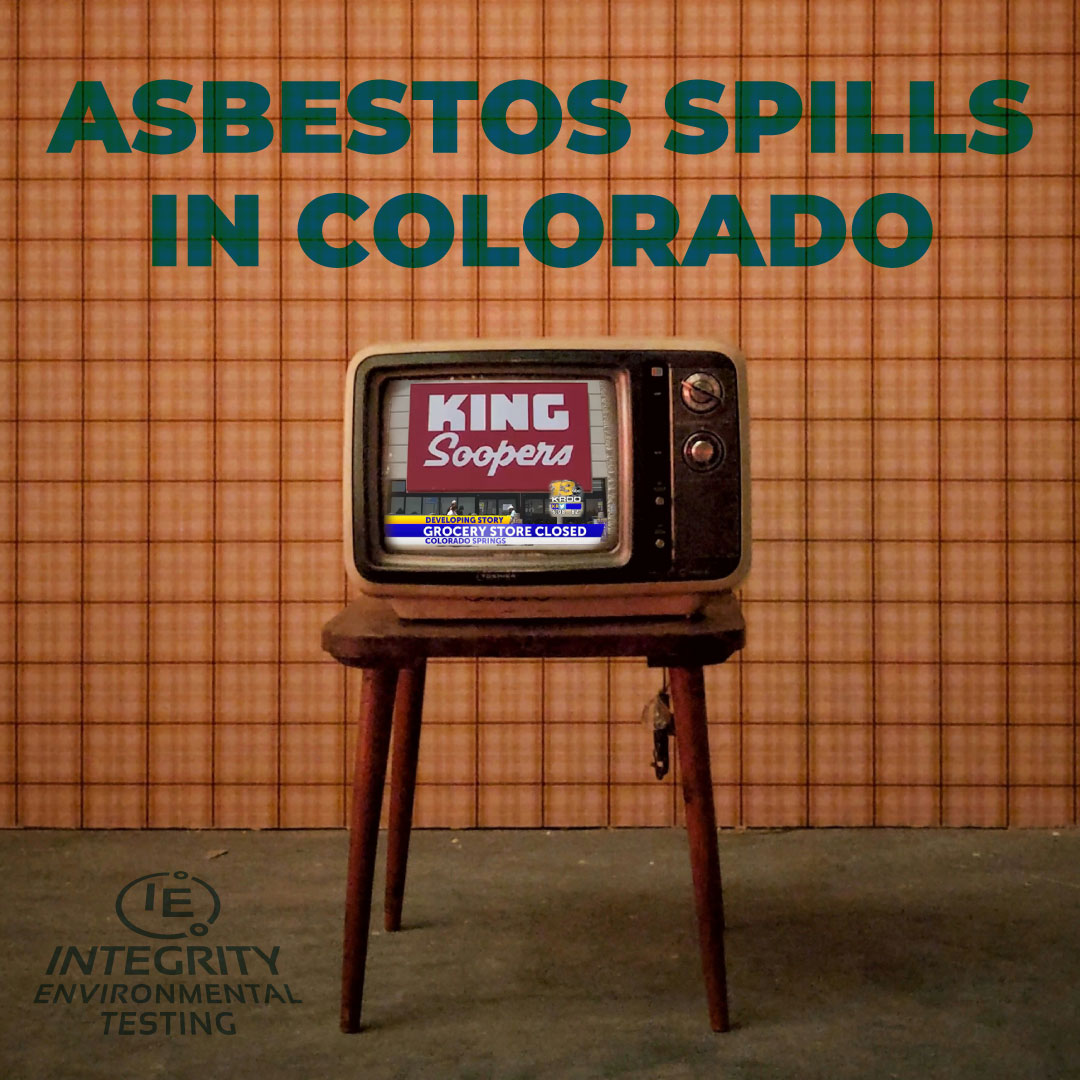
Asbestos Spills in Colorado

Recent incidents of asbestos spills and exposure in Colorado have underscored ongoing concerns about the management and handling of this hazardous material. Asbestos, once widely used in construction for its fire-resistant and insulating properties (among others), poses serious health risks when its fibers become airborne and are inhaled. Here are some notable incidents that have…
-
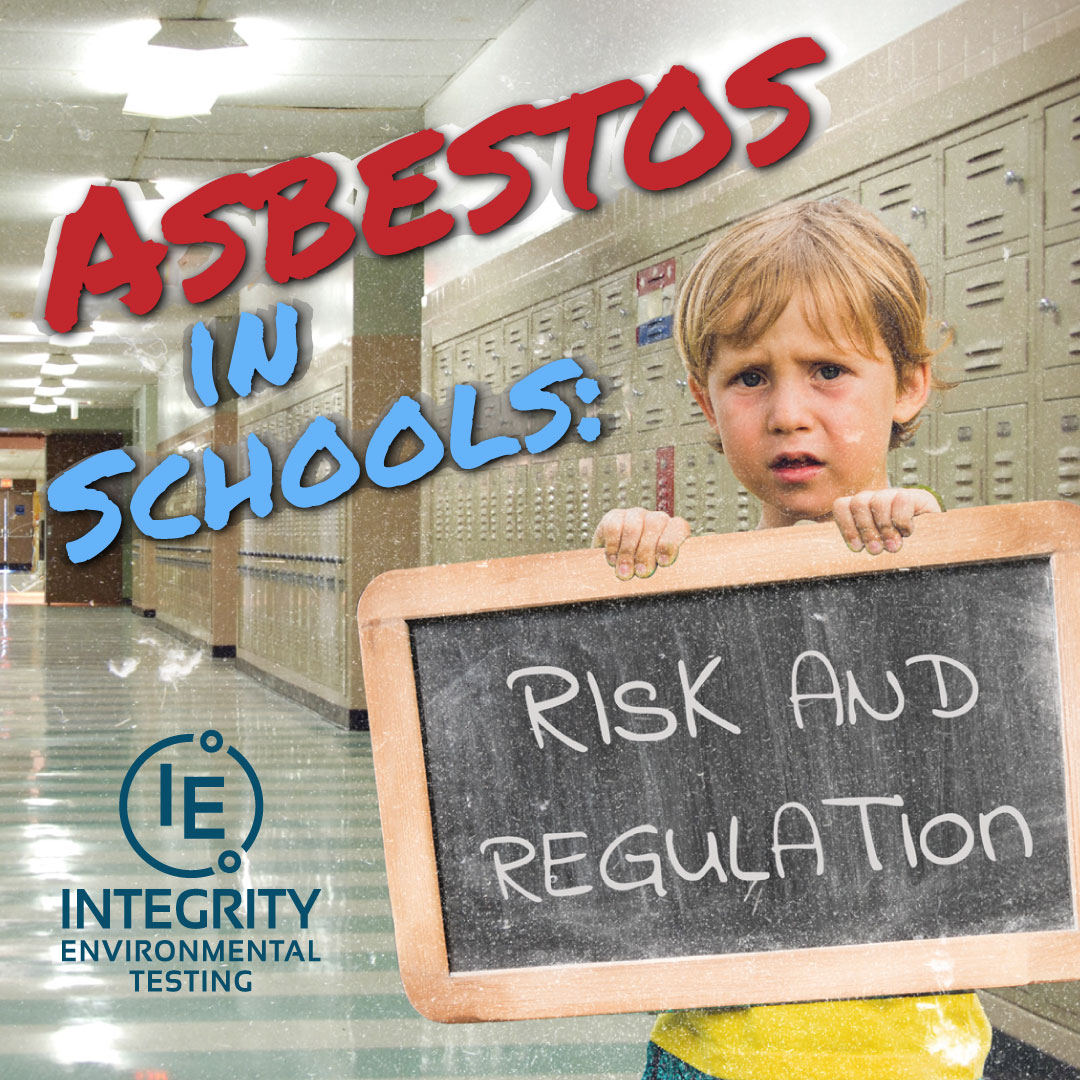
Asbestos in Schools: Risks and Regulations

Asbestos, once prized for its fire-resistant properties, is now infamous for its severe health hazards. This mineral, extensively used in construction during the mid-20th century, has been linked to serious respiratory diseases, including lung cancer and mesothelioma. Colorado schools, many of which were built during this period, still contain asbestos-containing materials, posing a hidden danger…
-

Lead Disclosures for Property Transactions

A silent threat exists when you own or purchase a home or property built before 1978, lead-based paint. Prevalent in these older buildings, lead poses grave risks to human health, making thorough lead testing and disclosure imperative for property owners. At Integrity Environmental Testing, we’re revolutionizing the lead testing process with our state-of-the-art XRF device,…
-

Colorado Springs’ Victorian Houses and Lead

In our time machine, let’s go back to the late 1800s, when Colorado Springs emerged as a vibrant hub of activity amidst the sweeping changes of the Victorian era. With its stunning architecture and picturesque landscapes, the city was a testament to the progress and innovation of the time. However, a darkness defined the era.…
-
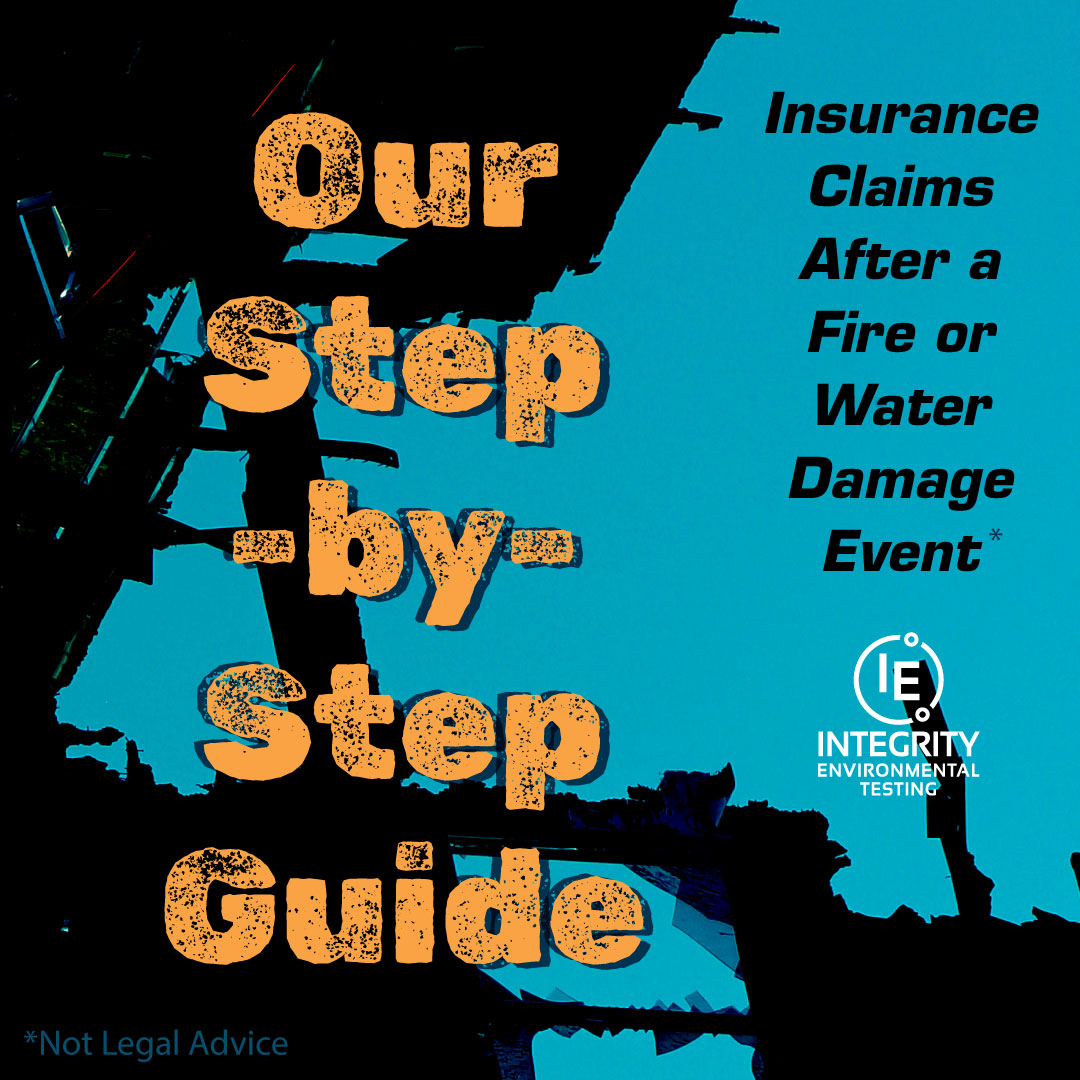
Insurance Claims After Fire or Water Home Damage: A Step-by-Step Guide

Step-by-Step Guide for Filing a Property Insurance Claim after a Fire or Flood Experiencing a fire or flood in your home can be devastating, but knowing how to navigate the insurance claim process afterward is crucial for a full recovery. In Colorado, homeowners have specific rights and procedures when filing claims with their insurance companies.…
-

Understanding Colorado HB07-1104: Protecting Consumer Rights in Property Insurance Claims

HB07-1104 was introduced to counteract insurance companies’ tendencies to exert undue influence over policyholders’ choice of restoration companies following property damage events.
-
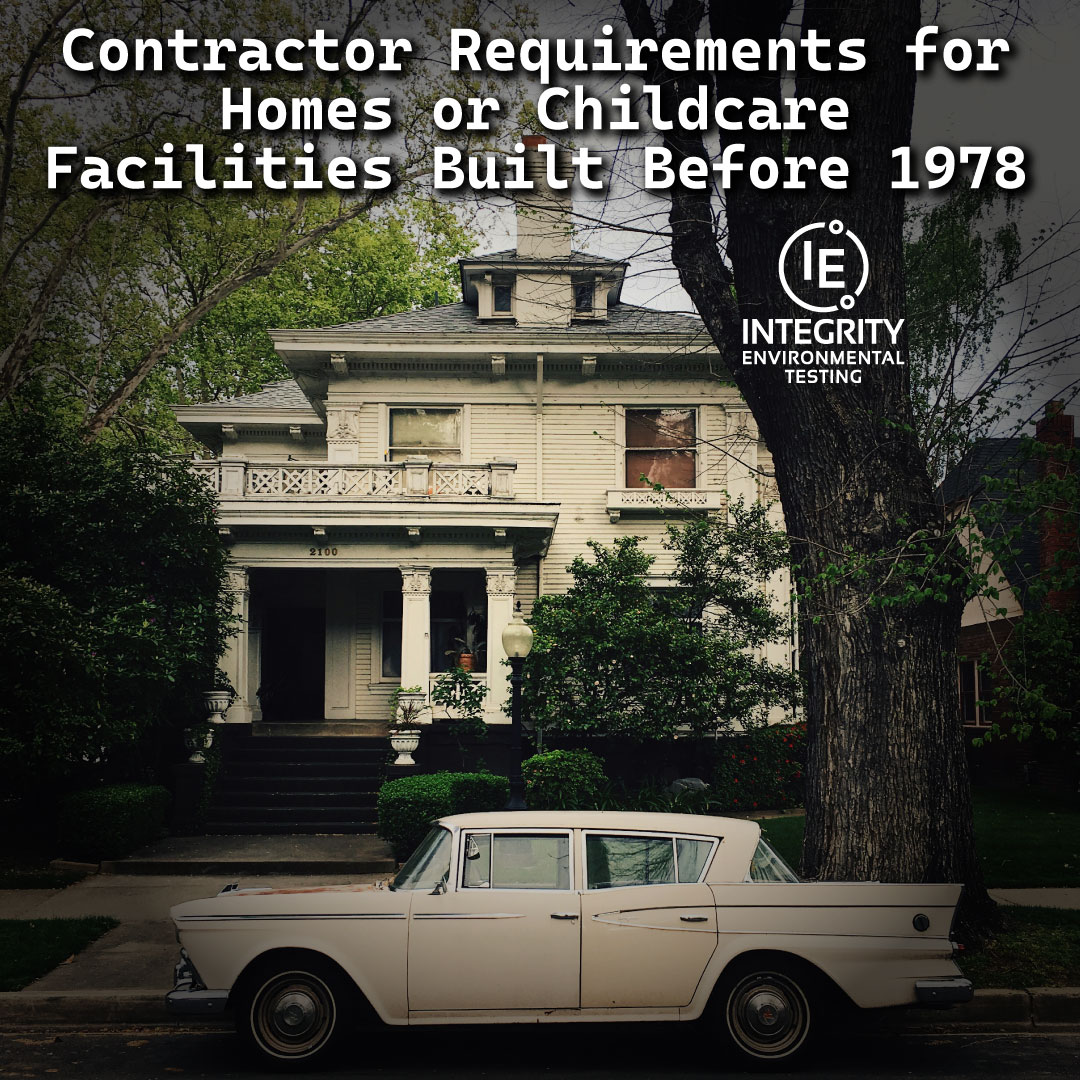
Contractor Requirements for Remodeling Homes or Childcare Facilities Built Before 1978

Renovating or remodeling a home is an exciting endeavor, but it comes with responsibilities, especially when working on older properties. Homes built before 1978 often contain lead-based paint, which poses significant health risks if disturbed during construction activities. In this article, we’ll explore what contractors are required to do when working on pre-1978 homes or…
-

Risks of Renovating Without Testing for Lead

Lead-based paint, commonly used in homes built before 1978, poses serious health risks, especially during renovation or remodeling activities. If that’s your home, don’t risk it: Renovating Without Testing for Lead can have consequences. “Disturbing lead-based paint without proper precautions can release hazardous lead dust into the air, putting you and your loved ones at…
-
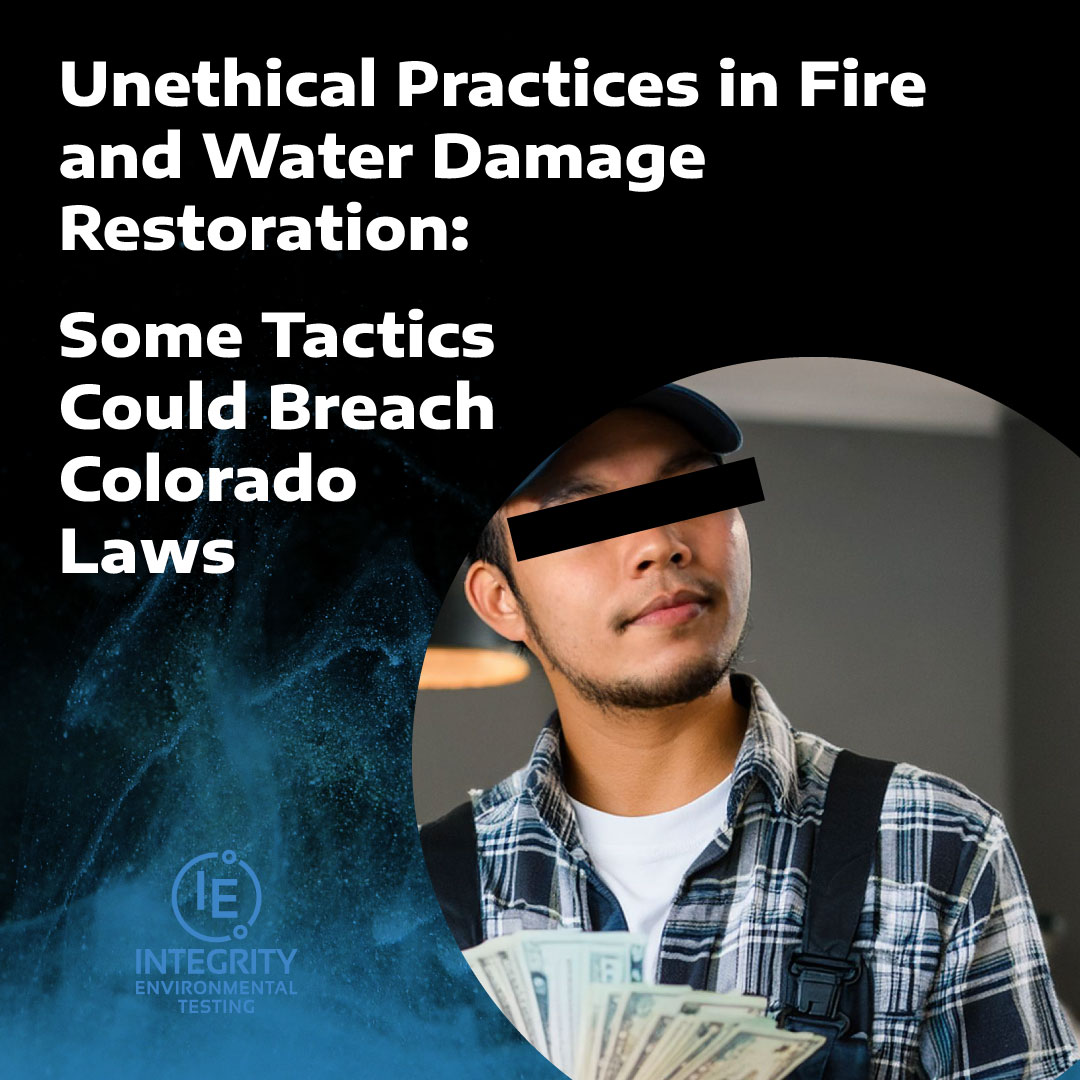
Unethical Insurance Practices for Fire and Water Damage Restoration: Some Tactics Could Breach Colorado Laws

When disaster strikes, navigating insurance claims to bring your home back to a healthy and safe place can be overwhelming. Unfortunately, some insurance companies employ Unethical Insurance Practices for Fire and Water Damage Restoration, aimed at minimizing payouts or denying legitimate claims. Homeowners rely on insurance policies for financial protection during crises like fire, smoke…
-

Lead Inspection During Home Renovation

Before embarking on any renovation or remodeling project in a home built before 1978, it’s crucial to determine whether lead-based paint is present. Visual inspection doesn’t take the place of lead inspection. Alone it is insufficient, as lead-based paint may be concealed beneath layers of newer paint. Professional lead testing, conducted by certified inspectors or…
-
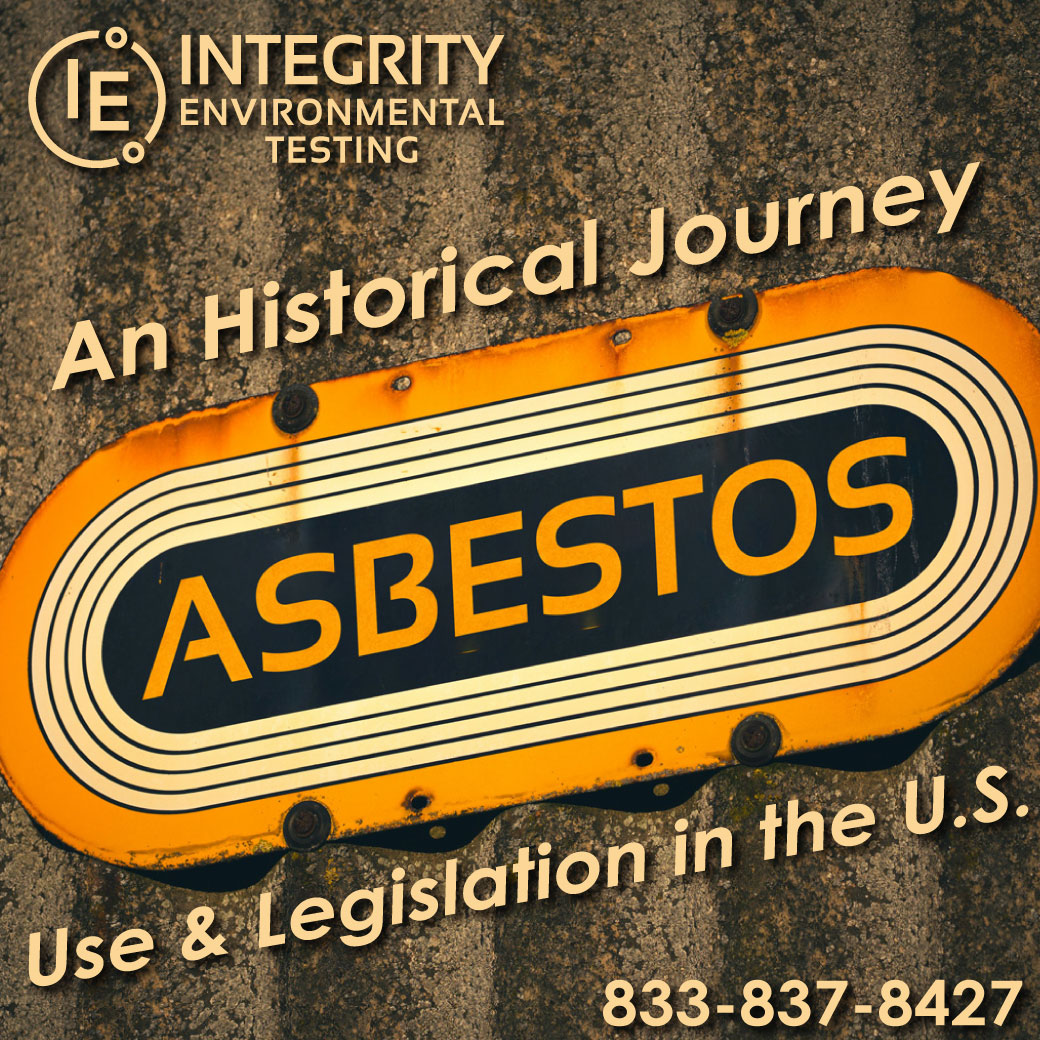
An Historical Journey through Asbestos Use and Legislation in the U.S.

The history of asbestos use and legislation in the United States is a complex narrative marked by its widespread use, scores of people with illness and disease related to asbestos, and the subsequent efforts to regulate and mitigate its hazards.
